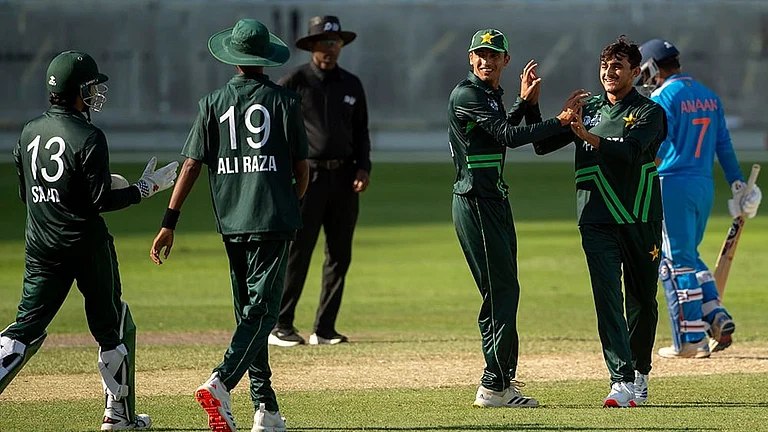The second-longest river in India, Godavari, is also called the Dakshin Ganga (Ganga of the South). The river drains most of peninsular India—the states of Andhra Pradesh, Telangana, Maharashtra and Odisha forming its basin—before it flows into the Bay of Bengal.
Myths and legends
The river rises in Trimbakeshwar, a mountain range in the Western Ghats. And the story of its origin is inextricably linked with the tale of sage Gautama. Gautama, the son of Brahma, was able to successfully convince Varuna, the god of oceans, into helping them get rid of a long spell of drought in the Brahmagiri mountains where Gautama was meditating. Gautama did so by digging a ditch which Varuna fills with holy water. Soon, Gautama, his wife Ahalya and their disciples, as well as the other sages and their families, moved into the region. However, when it came to water sharing, the other sages stake first claim to the water, and refuse to share it with Gautama’s disciples. When Ahalya managed to collect the water before anyone else, the wives of the other sages invoked Lord Ganesha’s name to force Gautama to leave his hermitage.
Lord Ganesha took the form of a cow and approached Gautama who shooed him away by throwing blades of grass. He was horrified, however, when the cow dropped dead when the grass touched it. Afraid that he had committed gau hatya (cow-killing), Gautama and Ahalya undertook a rigorous course of repentance, by going around the Brahmagiri mountains and confessing the sin to everyone they encountered. They also erected several lingams in Shiva’s honour.

Pleased by their devotion, Shiva appeared before Gautama, laughed the matter off and absolved him of any wrongdoing. Still, Gautama asked Shiva to send Ganga so that he could bathe in it and be rid of his sins. Shiva then instructed Ganga to stay in the region till the arrival of the 28th Manu in the Kali Yuga. Ganga agreed, on the condition that Shiva would have to stay beside him throughout. Shiva took the form of Trimbakeshwar (meaning, the three-eyed lord)—one of the twelve Jyotirlingas in India. This lingam can be found in the Trimbakeshwar Shiva Temple. Gautama beseeched Ganga to not just wash away his sins, but also that of his fellow sages who had victimised him. A reluctant Ganga agreed by emerging out of a ditch Gautama dug up for her. That ditch is the famous Kushavart Tirtha.
Where to go

Trimbak or Trimbakeshwar town may well be the holiest site associated with the Godavari. It is home to the Trimbakeshwar Jyotirlinga—a shrine that represents and worships the three-faced Tridev, a deity that combines aspects of Brahma, Shiva and Vishnu. The Kushavart Tirtha also lies in its vicinity. It is also one of the sites of the Nashik-Trimbakeshwar Simhastha or Nashik-Trimbak Kumbh Mela, one of the four recognised kumbh melas held once every 12 years.
Festival to attend
Two festivals continue to be celebrated with much fervour on the banks of Godavari: Mahashivratri and the Nashik-Trimbakeshwar Simhastha Mela. Since Godavari is sacred to both Vaishnavites and Shaivites, these festivals see the ritual bathing of thousands of people. However, ever since a deadly clash in the 18th century, the Vaishnavites bathe in the Ramkund in Nashik, while the Shaivites perform their holy rituals in Trimbak. The Nashik-Trimbakeshwar Simhastha Mela is one of the four Kumbha Melas and is held once in 12 years. The Trimbakeshwar Shiva Temple and the Godavari’s banks turn into pilgrim hotspots at these times, and the last such Mela in 2015 saw over 3 million participants.

Another unique festival seen in many points along the Godavari in Telangana is the Adhik Maas Aarambh Utsav, a festival given to pujas, havan and various feasts, which is held every 32 months, 16 days and 3 hours. It is said that performing good deeds in this holy month can liberate you from misery and the endless cycle of death and rebirth and help you attain salvation. The next Adhik Maas festival is scheduled for 2023, between July 18 and August 16.





















